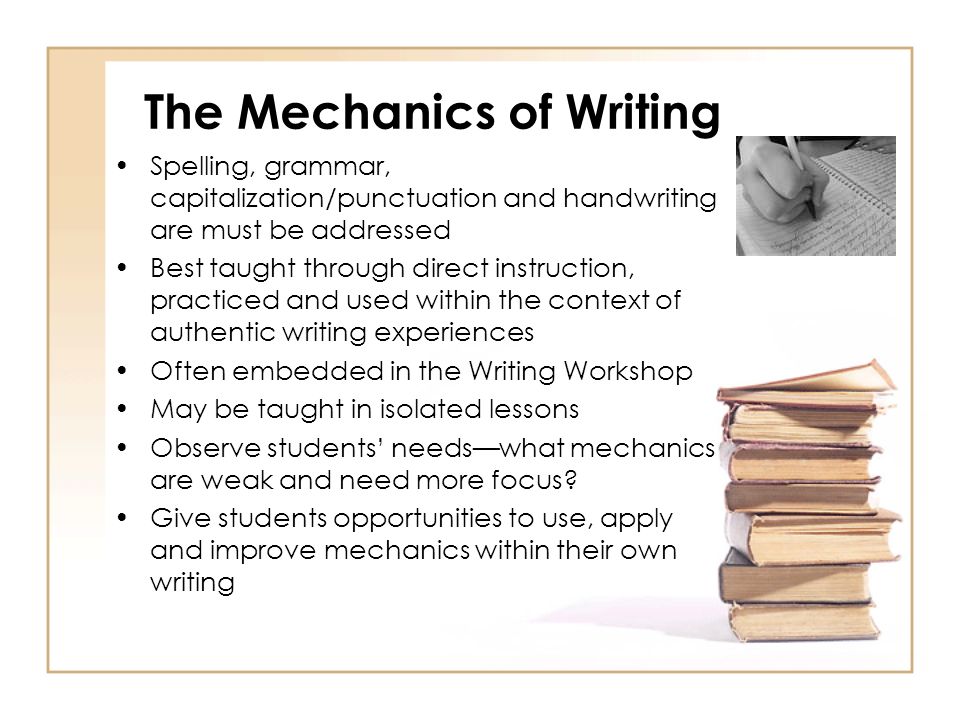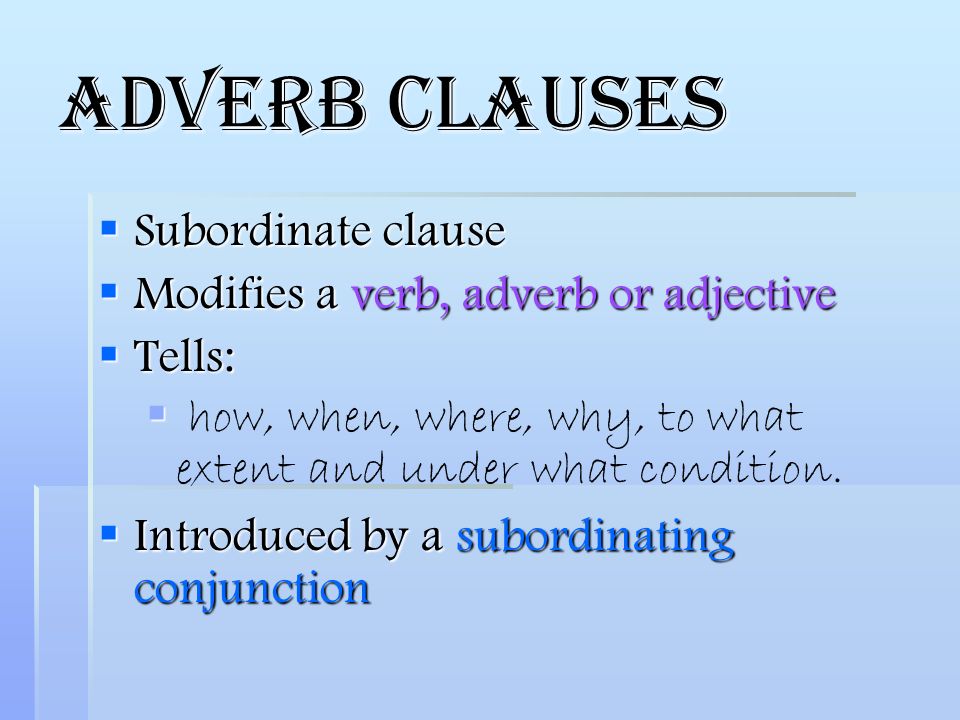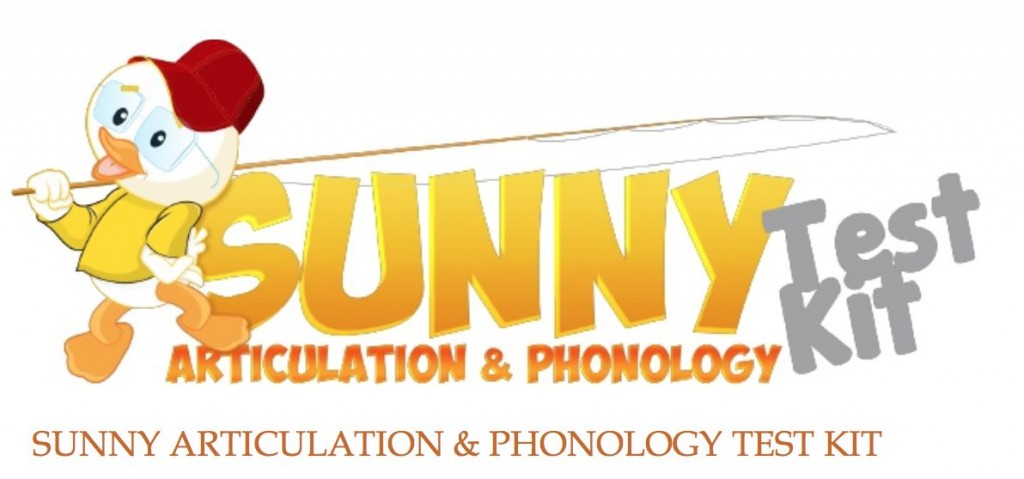
Genetics in Speech Language Pathology


 Today I’m excited to introduce a new product: “Creating A Learning Rich Environment for Language Delayed Preschoolers“. This 40 page presentation provides suggestions to parents regarding how to facilitate further language development in language delayed/impaired preschoolers at home in conjunction with existing outpatient, school, or private practice based speech language services. It details implementation strategies as well as lists useful materials, books, and websites of interest.
Today I’m excited to introduce a new product: “Creating A Learning Rich Environment for Language Delayed Preschoolers“. This 40 page presentation provides suggestions to parents regarding how to facilitate further language development in language delayed/impaired preschoolers at home in conjunction with existing outpatient, school, or private practice based speech language services. It details implementation strategies as well as lists useful materials, books, and websites of interest.
It is intended to be of interest to both parents and speech language professionals (especially clinical fellows and graduates speech pathology students or any other SLPs switching populations) and not just during the summer months. SLPs can provide it to the parents of their cleints instead of creating their own materials. This will not only save a significant amount of time but also provide a concrete step-by-step outline which explains to the parents how to engage children in particular activities from bedtime book reading to story formulation with magnetic puzzles.
Product Content:
Are you a caregiver, an SLP or a related professional? DOES THIS SOUND LIKE SOMETHING YOU CAN USE? if so you can find it HERE in my online store.
Useful Smart Speech Therapy Resources:
References:
Heath, S. B (1982) What no bedtime story means: Narrative skills at home and school. Language in Society, vol. 11 pp. 49-76.
Useful Websites:
http://www.beyondplay.com
http://www.superdairyboy.com/Toys/magnetic_playsets.html
http://www.educationaltoysplanet.com/
http://www.melissaanddoug.com/shop.phtml
http://www.dltk-cards.com/bingo/
http://bogglesworldesl.com/
http://www.childrensbooksforever.com/index.html
Writing! The one assessment area that challenges many SLPs on daily basis! If one polls 10 SLPs on the topic of writing, one will get 10 completely different responses ranging from agreement and rejection to the diverse opinions regarding what should actually be assessed and how exactly it should be accomplished.
Consequently, today I wanted to focus on the basics involved in the assessment of adolescent writing. Why adolescents you may ask? Well, frankly because many SLPs (myself included) are far more likely to assess the writing abilities of adolescents rather than elementary-aged children.
Often, when the students are younger and their literacy abilities are weaker, the SLPs may not get to the assessment of writing abilities due to the students presenting with so many other deficits which require precedence intervention-wise. However, as the students get older and the academic requirements increase exponentially, SLPs may be more frequently asked to assess the students’ writing abilities because difficulties in this area significantly affect them in a variety of classes on a variety of subjects.
So what can we assess when it comes to writing? In the words of Helen Lester’s character ‘Pookins’: “Lots!” There are various types of writing that can be assessed, the most common of which include: expository, persuasive, and fictional. Each of these can be used for assessment purposes in a variety of ways.
To illustrate, if we chose to analyze the student’s written production of fictional narratives then we may broadly choose to analyze the following aspects of the student’s writing: contextual conventions and writing composition.
 The former looks at such writing aspects as the use of correct spelling, punctuation, and capitalization, paragraph formation, etc.
The former looks at such writing aspects as the use of correct spelling, punctuation, and capitalization, paragraph formation, etc.
The latter looks at the nitty-gritty elements involved in plot development. These include effective use of literate vocabulary, plotline twists, character development, use of dialogue, etc.
Perhaps we want to analyze the student’s persuasive writing abilities. After all, high school students are expected to utilize this type of writing frequently for essay writing purposes. Actually, persuasive writing is a complex genre which is particularly difficult for students with language-learning difficulties who struggle to produce essays that are clear, logical, convincing, appropriately sequenced, and take into consideration opposing points of view. It is exactly for that reason that persuasive writing tasks are perfect for assessment purposes.
But what exactly are we looking for analysis wise? What should a typical 15 year old’s persuasive essays contain?
 With respect to syntax, a typical student that age is expected to write complex sentences possessing nominal, adverbial, as well as relative clauses.
With respect to syntax, a typical student that age is expected to write complex sentences possessing nominal, adverbial, as well as relative clauses.
With the respect to semantics, effective persuasive essays require the use of literate vocabulary words of low frequency such as later developing connectors (e.g., first of all, next, for this reason, on the other hand, consequently, finally, in conclusion) as well as metalinguistic and metacognitive verbs (“metaverbs”) that refer to acts of speaking (e.g., assert, concede, predict, argue, imply) and thinking (e.g., hypothesize, remember, doubt, assume, infer).
With respect to pragmatics, as students mature, their sensitivity to the perspectives of others improves, as a result, their persuasive essays increase in length (i.e., total number of words produced) and they are able to offer a greater number of different reasons to support their own opinions (Nippold, Ward-Lonergan, & Fanning, 2005).
Now let’s apply our knowledge by analyzing a writing sample of a 15-year-old with suspected literacy deficits. Below 10th-grade student was provided with a written prompt first described in the Nippold, et al, 2005 study, entitled: “The Circus Controversy”. “People have different views on animals performing in circuses. For example, some people think it is a great idea because it provides lots of entertainment for the public. Also, it gives parents and children something to do together, and the people who train the animals can make some money. However, other people think having animals in circuses is a bad idea because the animals are often locked in small cages and are not fed well. They also believe it is cruel to force a dog, tiger, or elephant to perform certain tricks that might be dangerous. I am interested in learning what you think about this controversy, and whether or not you think circuses with trained animals should be allowed to perform for the public. I would like you to spend the next 20 minutes writing an essay. Tell me exactly what you think about the controversy. Give me lots of good reasons for your opinion. Please use your best writing style, with correct grammar and spelling. If you aren’t sure how to spell a word, just take a guess.”(Nippold, Ward-Lonergan, & Fanning, 2005)
He produced the following written sample during the allotted 20 minutes.
Analysis: This student was able to generate a short, 3-paragraph, composition containing an introduction and a body without a definitive conclusion. His persuasive essay was judged to be very immature for his grade level due to significant disorganization, limited ability to support his point of view as well as the presence of tangential information in the introduction of his composition, which was significantly compromised by many writing mechanics errors (punctuation, capitalization, as well as spelling) that further impacted the coherence and cohesiveness of his written output.
The student’s introduction began with an inventive dialogue, which was irrelevant to the body of his persuasive essay. He did have three important points relevant to the body of the essay: animal cruelty, danger to the animals, and potential for the animals to harm humans. However, he was unable to adequately develop those points into full paragraphs. The notable absence of proofreading and editing of the composition further contributed to its lack of clarity. The above coupled with a lack of a conclusion was not commensurate grade-level expectations.
 Based on the above-written sample, the student’s persuasive composition content (thought formulation and elaboration) was judged to be significantly immature for his grade level and is commensurate with the abilities of a much younger student. The student’s composition contained several emerging claims that suggested a vague position. However, though the student attempted to back up his opinion and support his position (animals should not be performing in circuses), ultimately he was unable to do so in a coherent and cohesive manner.
Based on the above-written sample, the student’s persuasive composition content (thought formulation and elaboration) was judged to be significantly immature for his grade level and is commensurate with the abilities of a much younger student. The student’s composition contained several emerging claims that suggested a vague position. However, though the student attempted to back up his opinion and support his position (animals should not be performing in circuses), ultimately he was unable to do so in a coherent and cohesive manner.
Now that we know what the student’s written difficulties look like, the following goals will be applicable with respect to his writing remediation:
Long-Term Goals: Student will improve his written abilities for academic purposes.
There you have it. A quick and easy qualitative writing assessment which can assist SLPs to determine the extent of the student’s writing difficulties as well as establish writing remediation targets for intervention purposes.
Using a different type of writing assessment with your students? Please share the details below so we can all benefit from each others knowledge of assessment strategies.
References:


 In February 2013 I did a review of the Sunny Articulation Test by Smarty Apps. At that time I really liked the test but felt that a few enhancements could really make it standout from other available articulation tests and test apps on the market. Recently, the developer, Barbara Fernandes, contacted me again and asked me to take a second look at the new and improved Sunny Articulation and Phonology Kit (SAPT-K), which is what I am doing today. Continue reading Articulation Assessment ToolKt
In February 2013 I did a review of the Sunny Articulation Test by Smarty Apps. At that time I really liked the test but felt that a few enhancements could really make it standout from other available articulation tests and test apps on the market. Recently, the developer, Barbara Fernandes, contacted me again and asked me to take a second look at the new and improved Sunny Articulation and Phonology Kit (SAPT-K), which is what I am doing today. Continue reading Articulation Assessment ToolKt

On October 24th 2012, I will be presenting at the Morris County Speech Hearing Association in Whippany, NJ on the importance of Narrative Assessments of Preschool and School Aged Children. See MCSHA’s August 2012 Newsletter regarding registration details.
Learning Objectives:
Participants will be able to
Introduction: When it comes to bilingual children who stutter there is still considerable amount of misinformation regarding the best recommendations on assessment and treatment. The aim of this article is to review best practices in assessment and treatment of bilingual children who stutter, to shed some light on this important yet highly misunderstood area in speech-language pathology.
Types of Bilingualism: Young bilingual children can be broadly divided into two categories: those who are learning several languages simultaneously from birth (simultaneous bilingual), and those who begin to learn a second language after two years of age (sequential bilingual) (De Houwer, 2009b). The language milestones for simultaneous bilinguals may be somewhat uneven but they are not that much different from those of monolingual children (De Houwer, 2009a). Namely, first words emerge between 8 and 15 months and early phrase production occurs around +/-20 months of age, with sentence production following thereafter (De Houwer, 2009b). In contrast, sequential bilinguals undergo a number of stages during which they acquire abilities in the second language, which include preproduction, early production, as well as intermediate and advanced proficiency in the second language.
Stuttering and Monolingual Children: With respect to stuttering in the monolingual children we know that there are certain risk factors associated with stuttering. These include family history (family members who stutter), age of onset (children who begin stuttering before the age of three have a greater likelihood of outgrowing stuttering), time since onset (depending on how long the child have been stuttering certain children may outgrow it), gender (research has shown that girls are more likely to outgrow stuttering than boys), presence of other speech/language factors (poor speech intelligibility, advance language skills etc.) (Stuttering Foundation: Risk Factors). We also know that the symptoms of stuttering manifest via sound, syllable and word repetitions, sound prolongations as well as sound and word blocks. In addition to overt stuttering characteristics there could also be secondary characteristics including gaze avoidance, word substitutions, anxiety about speaking, muscle tension in the face, jaw and neck, as well as fist clenching, just to name a few.
Stuttering and Bilingual Children: So what do we currently know regarding the manifestations of stuttering in bilingual children? Here is some information based on existing research. While some researchers believe that stuttering is more common in bilingual versus monolingual individuals, currently there is no data which supports such a hypothesis. The distribution and severity of stuttering tend to differ from language to language and one language is typically affected more than the other (Van Borsel, Maes & Foulon, 2001). Lim and colleagues (2008) found that language dominance influences the severity but not the types of stuttering behaviors. They also found that bilingual stutterers exhibit different stuttering characteristics in both languages such as displaying stuttering on content words in L1 and function words in L2 (less-developed language system). According to Watson & Kayser (1994) key features of ‘true’ stuttering include the presence of stuttering in both languages with accompanying self-awareness as well as secondary behaviors. This is important to understand giving the fact that bilingual children in the process of learning another language may present with pseudo-stuttering characteristics related to word retrieval rather than true stuttering.
Assessment of Bilingual Stutterers: Now let’s talk about aspects of the assessment. Typically assessment should begin with the taking of detailed background history regarding stuttering risk factors, the extent of the child’s exposure and proficiency in each language, age of stuttering onset, the extent of stuttering in each language, as well as presence of any other concomitant concerns regarding the child’s speech and language (e.g., suspicion of language/articulation deficits etc.) Shenker (2013) also recommends the parental use of perceptual rating scales to assess child’s proficiency in each language.
Assessment procedures, especially those for newly referred children (vs. children whose speech and language abilities were previously assessed), should include comprehensive assessments of speech and language in addition to assessment of stuttering in order to rule out any hidden concomitant deficits. It is also important to obtain conversational and narrative samples in each language as well as reading samples when applicable. When analyzing the samples it is very important to understand and make allowance for typical disfluencies (especially when it comes to preschool children) as well as understand the difference between true stuttering and word retrieval deficits (which pertain to linguistic difficulties), which can manifest as fillers, word phrase repetitions, as well as conversational pauses (German, 2005).
When analyzing the child’s conversational speech for dysfluencies it may be helpful to gradually increase linguistic complexity in order to determine at which level (e.g., word, phrase, etc.) dysfluencies take place (Schenker, 2013). To calculate frequency and duration of disfluencies, word-based (vs. syllable-based) counts of stuttering frequency will be more accurate across languages (Bernstein Ratner, 2004).
Finally during the assessment it is also very important to determine the family’s cultural beliefs toward stuttering since stuttering perceptions vary greatly amongst different cultures (Tellis & Tellis, 2003) and may not always be positive. For example, Waheed-Kahn (1998) found that Middle Eastern parents attempted to deal with their children’s stuttering in the following ways: prayed for change, asked them to “speak properly”, completed their sentences, changed their setting by sending them to live with a relative as well as asked them not to talk in public. Gauging familial beliefs toward stuttering will allow clinicians to: understand parental involvement and acceptance of therapy services, select best treatment models for particular clients as well as gain knowledge of how cultural attitudes may impact treatment outcomes (Schenker, 2013).

Image courtesy of mnsu.edu
Treatment of Bilingual Stutterers: With respect to stuttering treatment delivery for bilingual children, research has found that treatment in one language results in spontaneous improvement in fluency in the untreated language (Rousseau, Packman, & Onslow, 2005). This is helpful for monolingual SLPs who often do not have the option of treating clients in their birth language.
For young preschool children both direct and indirect therapy approaches may be utilized.
For example, the Palin (PCI) approach for children 2-7 years of age uses play-based sessions, video feedback, and facilitated discussions to help parents support and increase their child’s fluency. Its primary focus is to modify parent–child interactions via a facilitative rather than an instructive approach by developing and reinforcing parents’ expertise via use of video feedback to set own targets and reinforce progress. In contrast, the Lidcombe Program for children 2-7 years of age is a behavioral treatment with a focus on stuttering elimination. It is administered by the parents under the supervision of an SLP, who teaches the parents how to control the child’s stuttering with verbal response contingent stimulation (Onslow & Millard, 2012). While the Palin PCI approach still requires further research to determine its use with bilingual children, the Lidcombe Program has been trialed in a number of studies with bilingual children and was found to be effective in both languages (Schenker, 2013).
For bilingual school-age children with persistent stuttering, it is important to focus on stuttering management vs. stuttering elimination (Reardon-Reeves & Yaruss, 2013). Here we are looking to reduce frequency and severity of disfluencies, teach the children to successfully manage stuttering moments, as well as work on the student’s emotional attitude toward stuttering. Use of support groups for children who stutter (e.g., “FRIENDS”: http://www.friendswhostutter.org/), may also be recommended.
Depending on the student’s preferences, desires, and needs, the approaches may involve a combination of fluency shaping and stuttering modification techniques. Fluency shaping intervention focuses on increasing fluent speech through teaching methods that reduce speaking rate such as easy onsets, loose contacts, changing breathing, prolonging sounds or words, pausing, etc. The goal of fluency shaping is to “encourage spontaneous fluency where possible and controlled fluency when it is not” (Ramig & Dodge, 2004). In contrast stuttering modification therapy focuses on modifying the severity of stuttering moments as well as on reduction of fear, anxiety and avoidance behaviors associated with stuttering. Stuttering modification techniques are aimed at assisting the client “to confront the stuttering moment through implementation of pre-block, in-block, and/or post-block corrections, as well as through a change in how they perceive the stuttering experience” (Ramig & Dodge, 2004). While studies on these treatment methods are still very limited it is important to note that each technique as well as a combination of both techniques have been trialed and found successful with bilingual and even trilingual speakers (Conture & Curlee, 2007; Howell & Van Borsel, 2011).
Finally, it is very important for clinicians to account for cultural differences during treatment. This can be accomplished by carefully selecting culturally appropriate stimuli, preparing instructions which account for the parents’ language and culture, attempting to provide audio/video examples in the child’s birth language, as well as finding/creating opportunities for practicing fluency in culturally-relevant contexts and activities (Schenker, 2013).
Conclusion: Presently, no evidence has been found that bilingualism causes stuttering. Furthermore, treatment outcomes for bilingual children appear to be comparable to those of monolingual children. Bilingual SLPs encountering bilingual children who stutter are encouraged to provide stuttering treatment in the language the child is most proficient in. Monolingual SLPs encountering bilingual children are encouraged to provide stuttering treatment in English with the expectation that the treatment will carry over into the child’s birth language. All clinicians are encouraged to involve the children’s families in the stuttering treatment as well as utilize methods and interventions that are in agreement with the family’s cultural beliefs and values, in order to create optimum treatment outcomes for bilingual children who stutter.
References:

 In my last post, I described how I use obscurely worded newspaper headlines to improve my students’ interpretation of ambiguous and figurative language. Today, I wanted to further delve into this topic by describing the utility of interpreting music lyrics for language therapy purposes. I really like using music lyrics for language treatment purposes. Not only do my students and I get to listen to really cool music, but we also get an opportunity to define a variety of literary devices (e.g., hyperboles, similes, metaphors, etc.) as well as identify them and interpret their meaning in music lyrics. Continue reading What are They Trying To Say? Interpreting Music Lyrics for Figurative Language Acquisition Purposes
In my last post, I described how I use obscurely worded newspaper headlines to improve my students’ interpretation of ambiguous and figurative language. Today, I wanted to further delve into this topic by describing the utility of interpreting music lyrics for language therapy purposes. I really like using music lyrics for language treatment purposes. Not only do my students and I get to listen to really cool music, but we also get an opportunity to define a variety of literary devices (e.g., hyperboles, similes, metaphors, etc.) as well as identify them and interpret their meaning in music lyrics. Continue reading What are They Trying To Say? Interpreting Music Lyrics for Figurative Language Acquisition Purposes